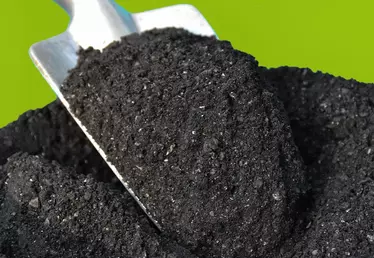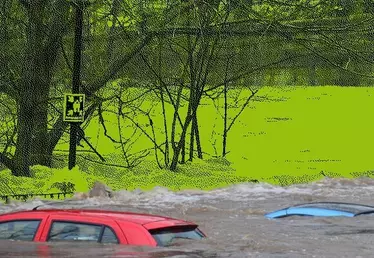
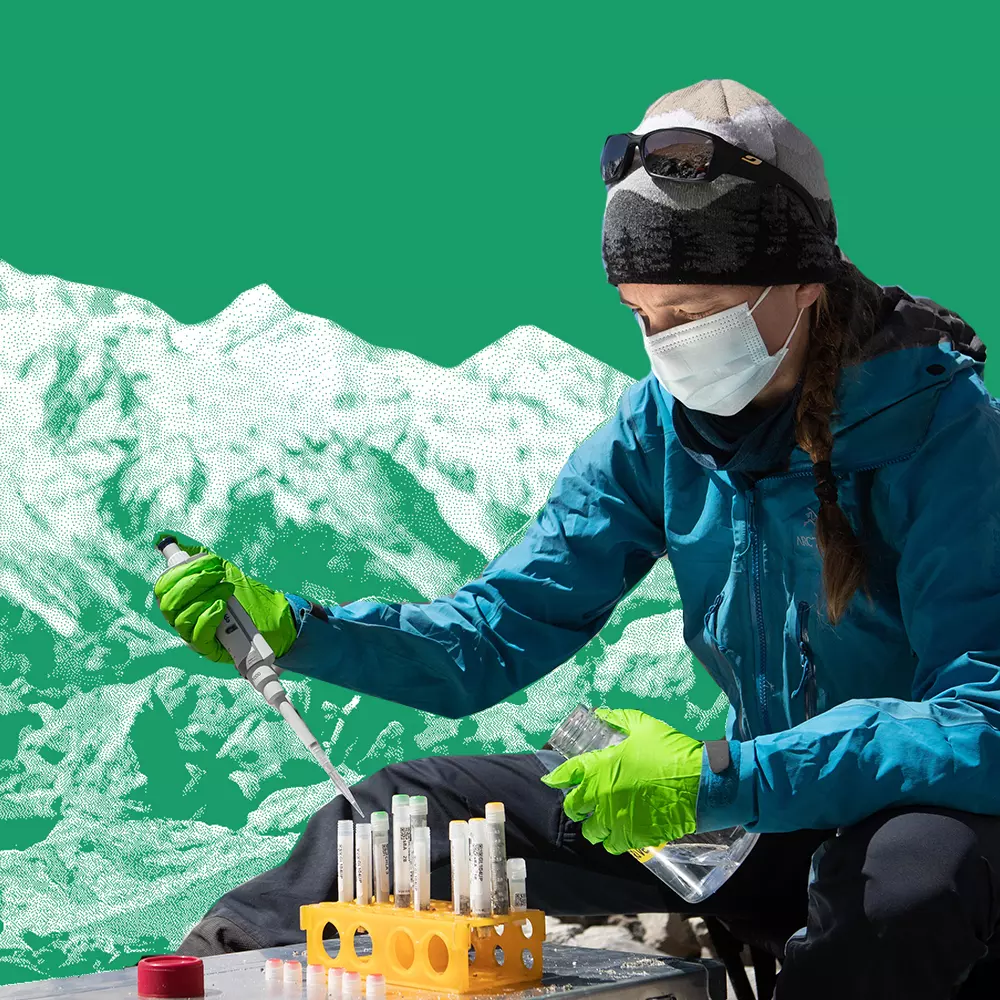
Hero banner custom title
24 hours with a scientific expedition into the heart of the glaciers
4 min
Since 2018, the team behind “Vanishing glaciers”, a project funded by the Nomis Foundation, has been tracking and measuring the world’s glaciers. On an expedition in northern Nepal, the five researchers pushed their personal limits to study the oldest lifeform on Earth: microbes. And they need to act fast: climate change is hastening the loss of glaciers and their meltwater streams. And with them, an entire world of untapped biodiversity will be lost.
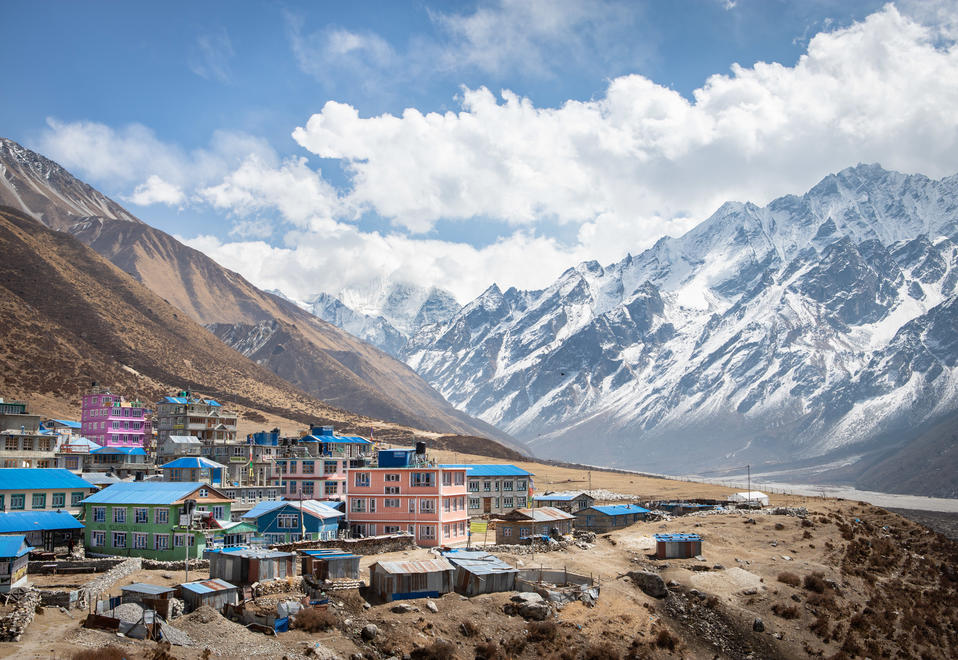
After three days on foot, the last village in the Langtang valley has finally come into view. Kyanjin Gompa, a small hamlet with blue tin roofs, nestled at an altitude of 3,850 meters, serves as a base camp for the five scientists. Each day, the team ventures out from Kyanjin Gompa to the surrounding glaciers to take water and sediment samples and study the microbes found there.
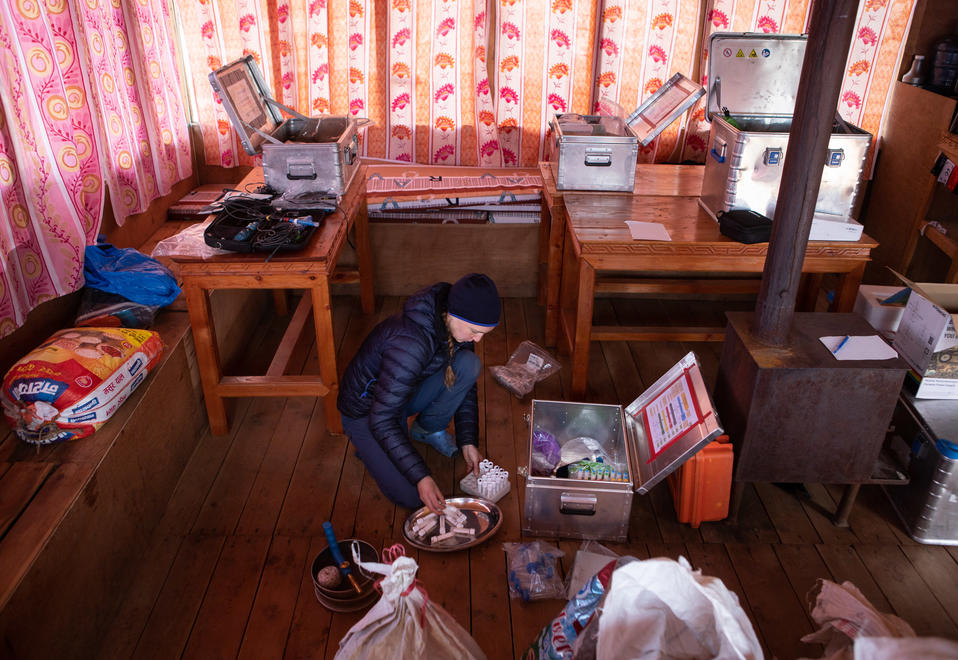
Prior to departure, Martina Schön, a Swiss glaciologist, checks and prepares the necessary equipment: test tubes, probes, gloves, various measuring instruments, flashlight, sieves... It’s important not to forget anything, as the glaciers, situated at an altitude of more than 4,000 meters, are generally several hours' walk from the base camp.
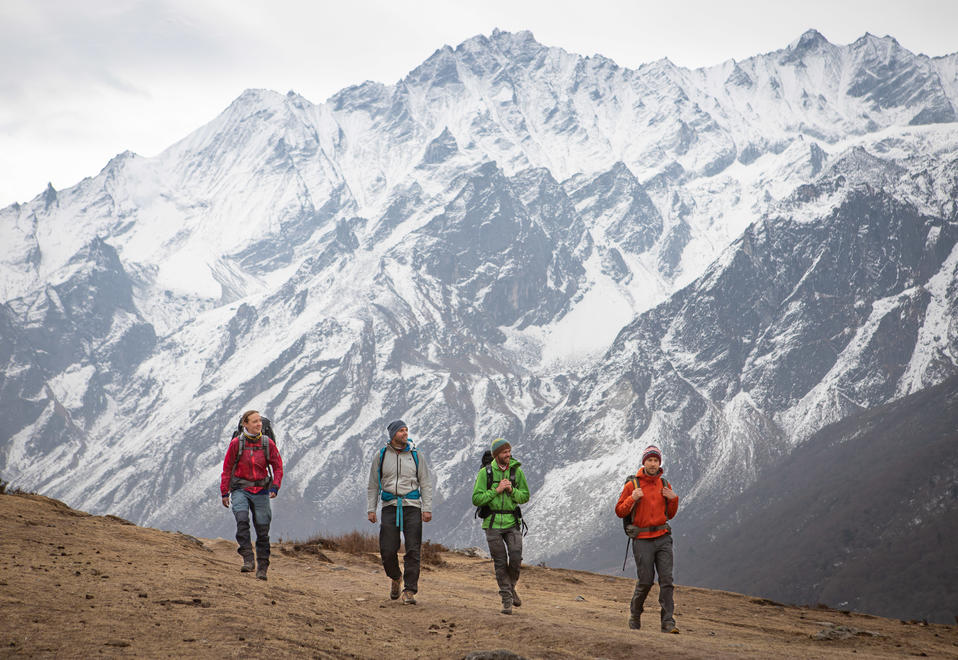
Each glacier was selected in advance from satellite images based on several criteria, chief among which is accessibility within one day of walking. Most glaciers do not have a viable path of access. Sometimes the team may walk for hours to reach a site, only to return to camp with nothing. Some streams have already dried up, and satellite images are not sufficiently accurate to detect this at an earlier stage.
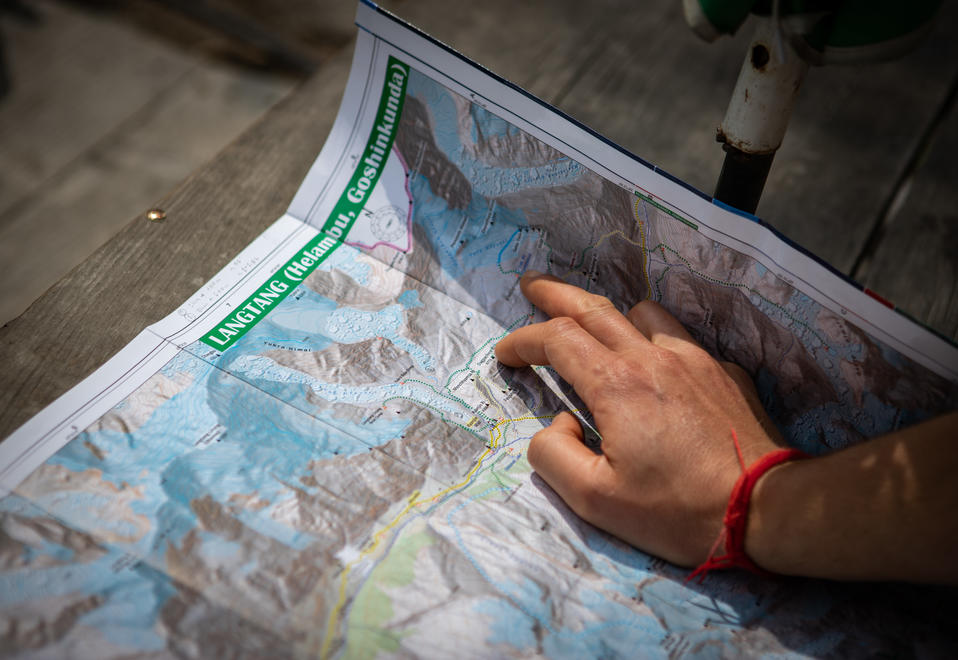
The scientists set out at first light. (From left to right) Martina Schön, Swiss glaciologist, Mike Styllas, Greek geologist and mission leader, Matteo Tolosano, Italian naturalist, and Vincent De Staercke, Swiss environmental engineer, are all seasoned mountaineers and athletes. They were chosen for their ability to endure the extreme conditions of this mission, as well as their interpersonal qualities and ability to live together in a group.
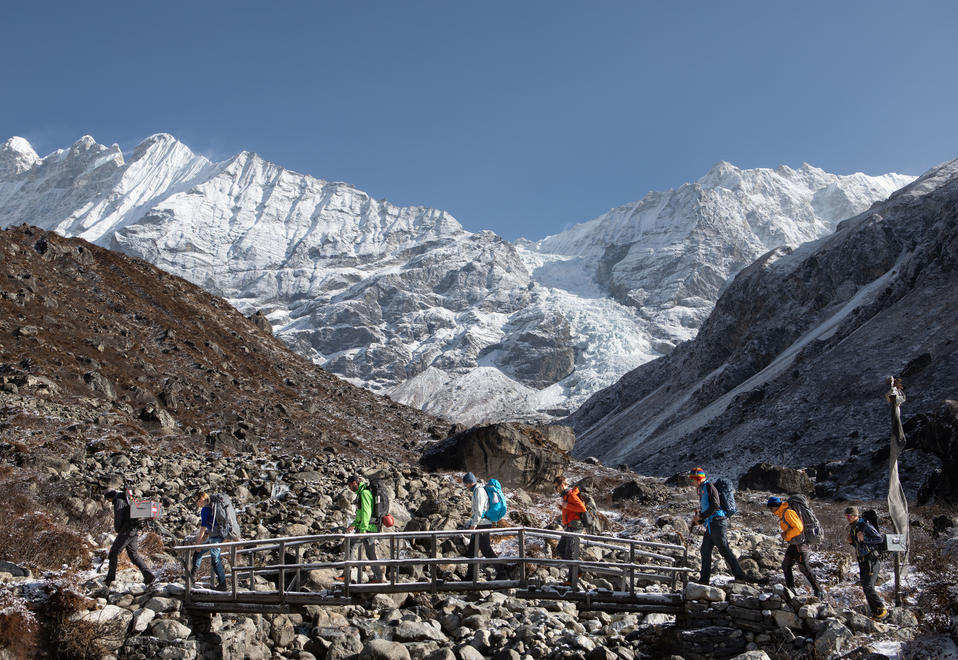
Brought together since 2018 by this extraordinary project, they have traveled through Switzerland, New Zealand, Ecuador, Greenland, Norway and even Russia, on their quest to collect samples from 200 glaciers around the world.
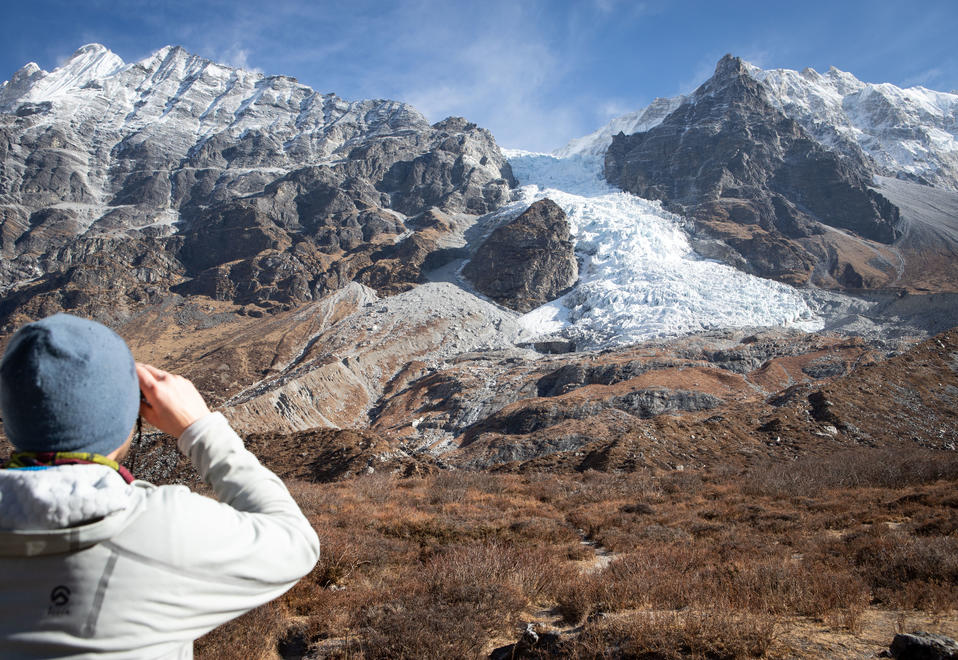
On this day, the team set off towards Kishung, the 104th glacier of the project. Ascending to an altitude of 4,400 meters takes about 3 hours. Mike Styllas used binoculars to scout the location where the team would take their samples. This environment presents many different risks and the team must protect themselves from falling seracs, which are massive chunks of ice that can break off of melting glaciers.
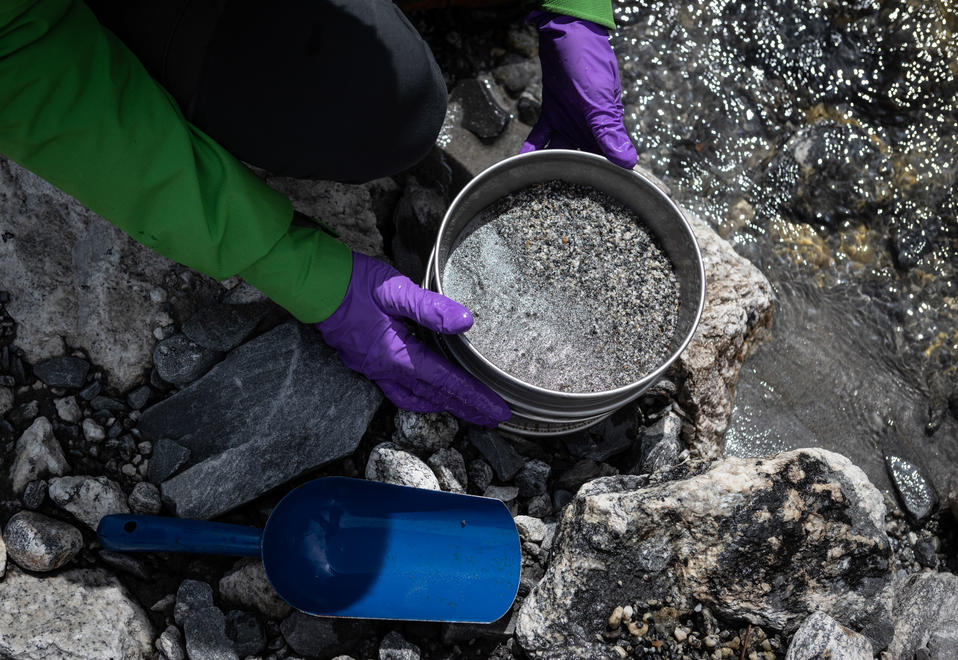
One team member measures the level of oxygen consumed by the bacteria, another collects sediments or filters water, and a third observes bacteria production... For the latter test, a sample of microbes is frozen, and a second sample, taken from the same location, is fed for nearly three hours with leucine, an amino acid, and placed back in the darkness of the stream to observe the feeding habits of the microorganisms, before it is also frozen.
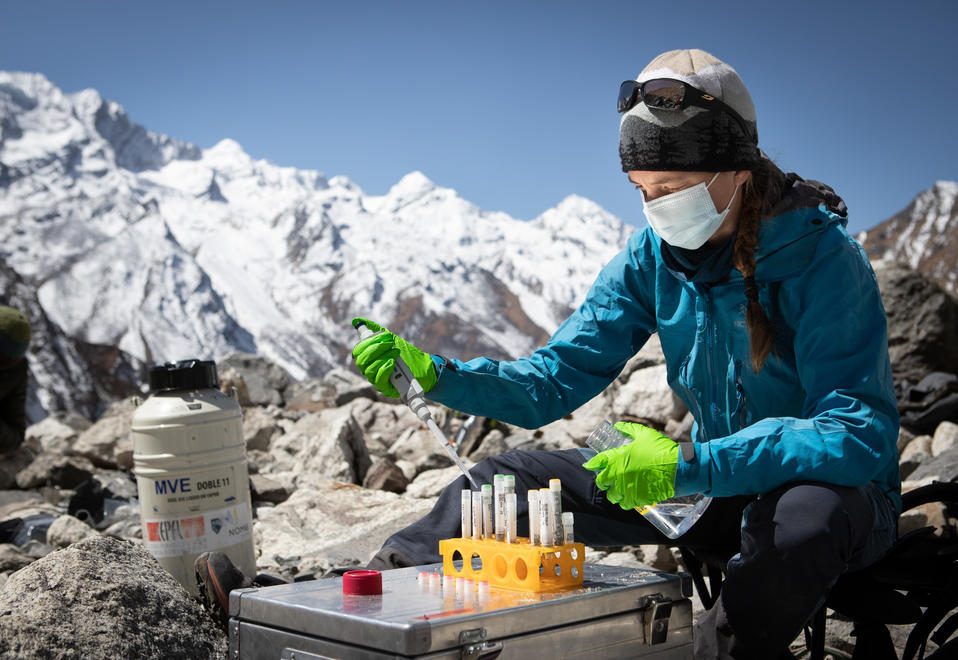
All around, the ground is littered with rock shards. It's hard to imagine that living beings could have taken up residence in such an environment: unstable, pummeled by UV rays and with stones as the only nutrient. Yet life is present here, right under our feet. Although these lifeforms have not received much attention, the need to study them is urgent. Climate change is decimating glaciers around the world. According to estimates, between a third and a half of all glaciers may vanish by 2100.
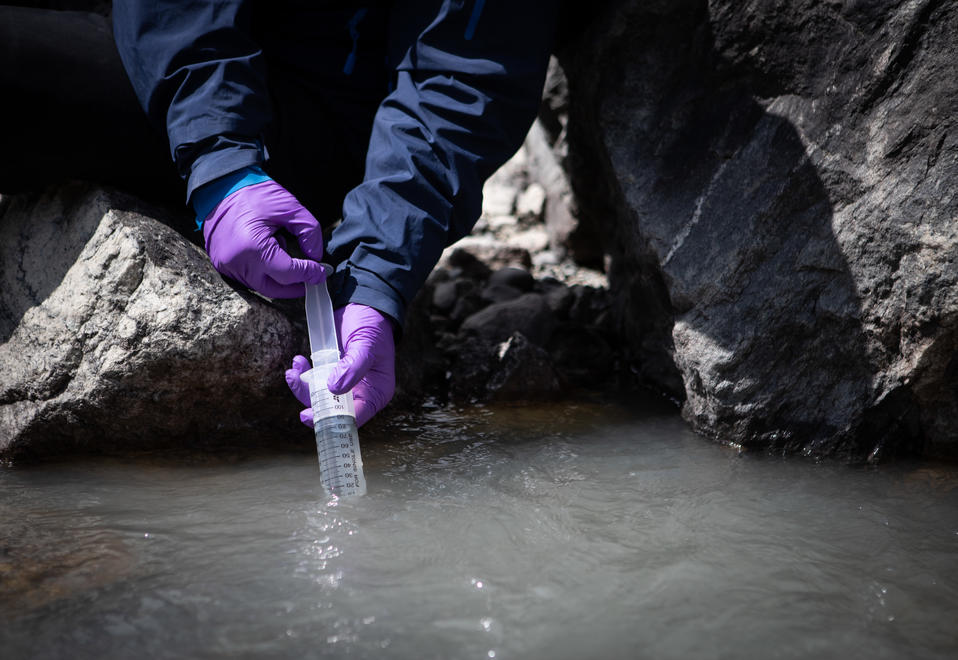
Samples are kept in liquid nitrogen at a temperature of about -80°C for the duration of the expedition. The level inside the tanks is checked every day: a major leak could jeopardize the entire expedition. The test tubes are then sent to the EPFL laboratory in Lausanne and studied by other scientists.
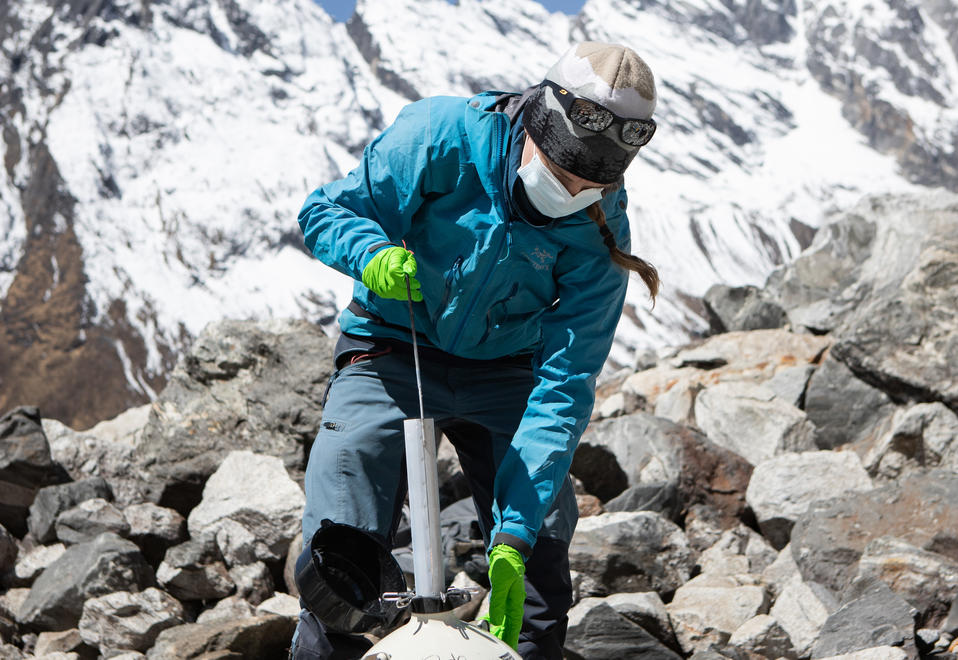
The project aims to list and classify all microbe species present in high-altitude streams. This will then be used to establish a geography of the global distribution of these microorganisms and, in particular, to understand how they travel between the continents. "Just like the microplastics found atop the planet's highest peaks, we believe they are transported in the clouds," explains one of the mission's ecologists, Tom Battin. "Their conditions - cold, intense UV rays and a lack of nutrients - are not much different from those in glaciers."
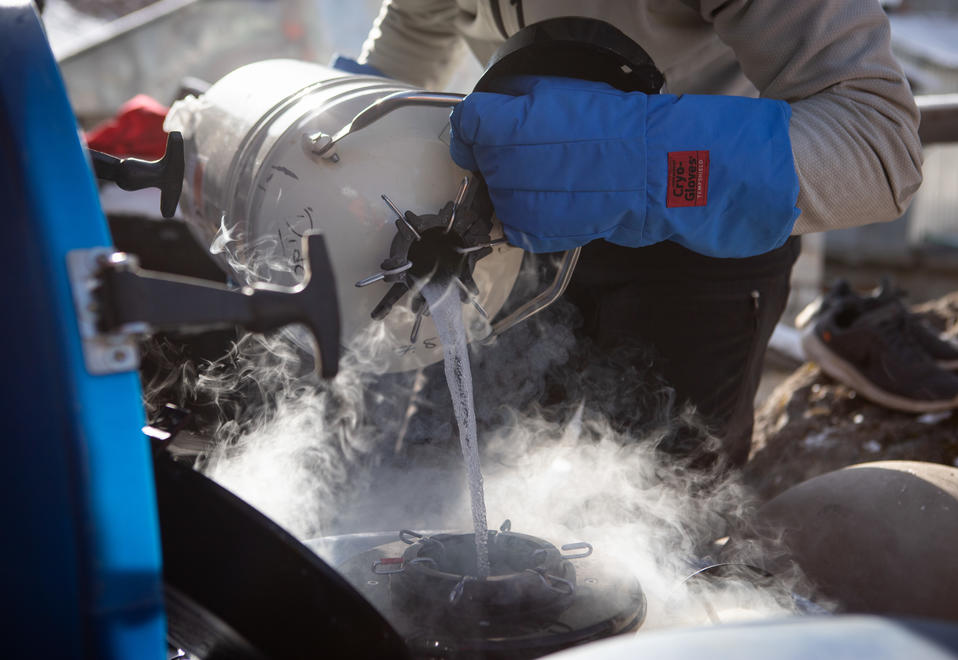
In the future, the study of these microbes - some of which can freeze and come back to life - and their genetics may prove valuable in many ways, including for energy production, creating new medicines or even understanding life on other planets. But more concretely - and urgently - the disappearance of glaciers and the gradual drying up of their streams may affect the quantity and quality of water available at lower altitudes. In addition, the algae and bacteria that live there today form the basis of the food chain. Changes in their distribution and composition are bound to have cascading consequences that remain difficult to measure today.
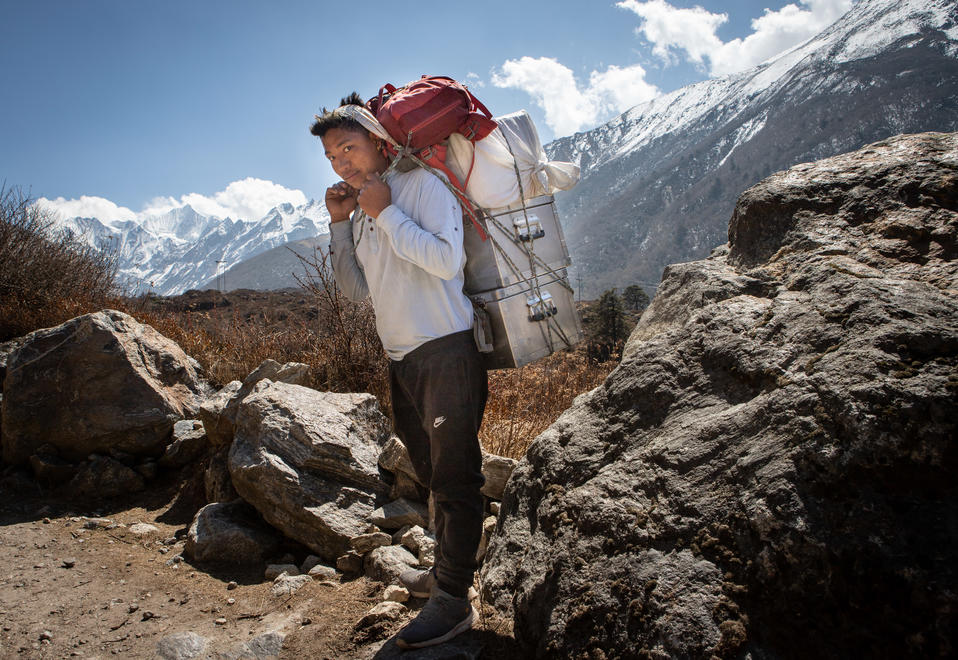
After several hours of field work, the team heads back down to the base camp. This expedition would not be possible without its legion of porters, most of whom are natives of the valley. Twenty-two Nepalese porters share 714 kg of gear, among which is 390 kg of food and cooking material, including 13 kg of eggs, 30 kg of rice, 120 kg of fruit and 20 kg of chicken.
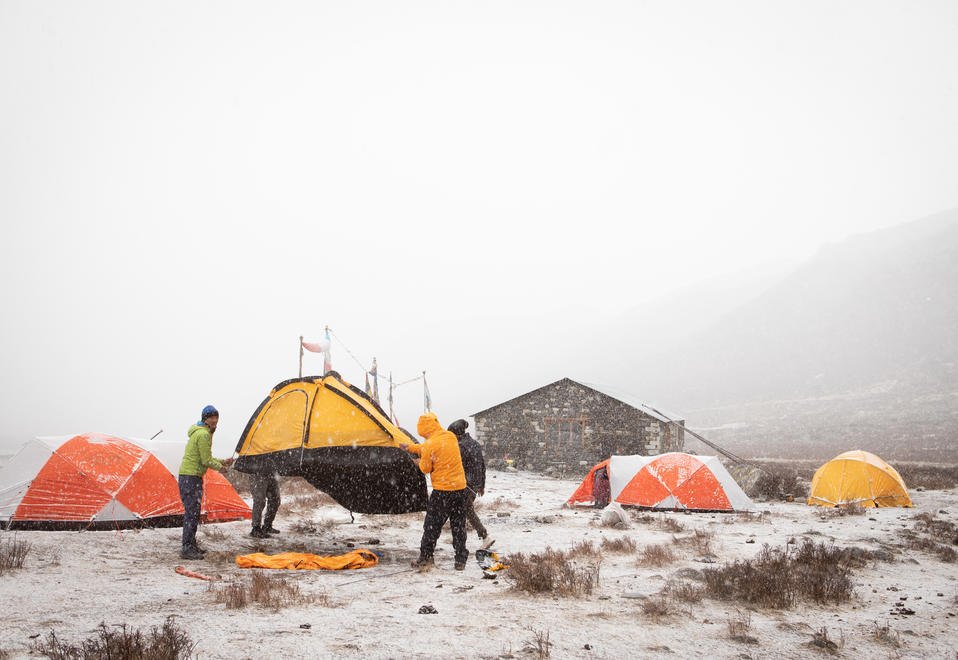
Arriving at the day’s bivouac in Langshisha (4,300 meters above sea level), the team set up camp in the middle of a snowstorm, at -10 degrees. Their water bottles freeze, even inside their down comforters. While their actions are the same for each glacier, this is not the case for each mission. Due to the harsh conditions, the mission in Nepal presents a unique challenge.
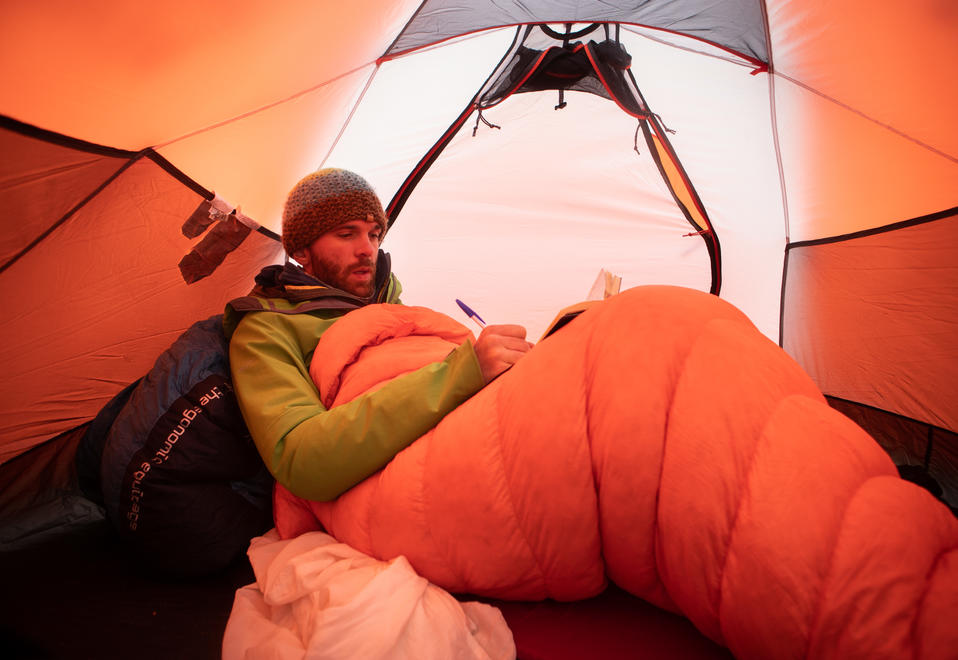
Once the camp is set up, Matteo takes advantage of a rare moment of peace and quiet to write. Every day, he recounts his expedition in a small notebook. This is a way for him to keep a record of his experience and feelings during this extraordinary mission.
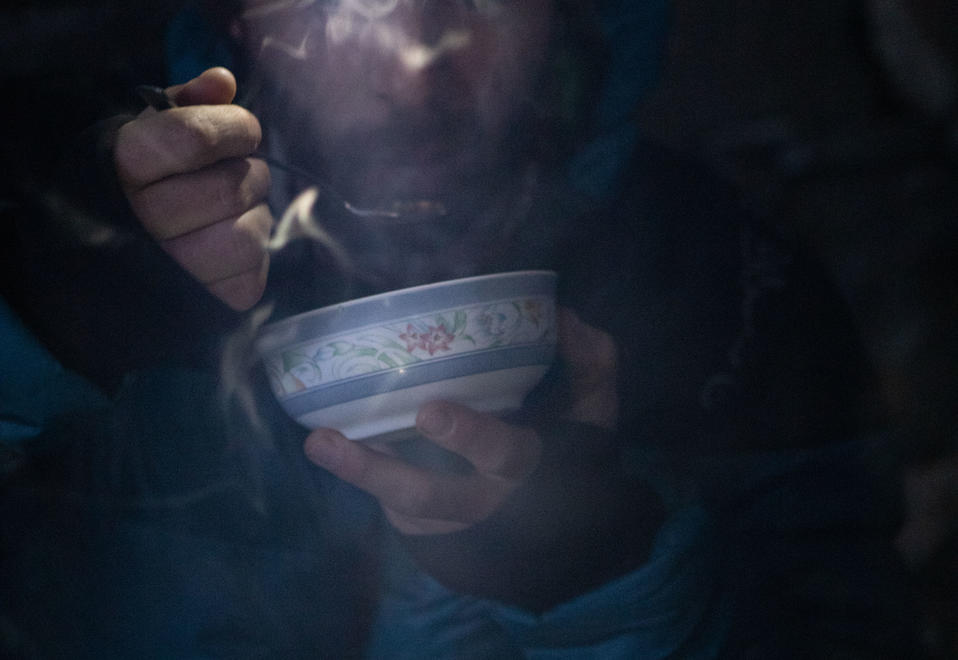
Dinner is served by a headlamp in a sheep pen that serves as a kitchen and living area. This evening, the mission's cook, Ambar Gurung, has prepared a broth to help the scientists face a frigid night. A long walk to a new glacier awaits the team in the morning.
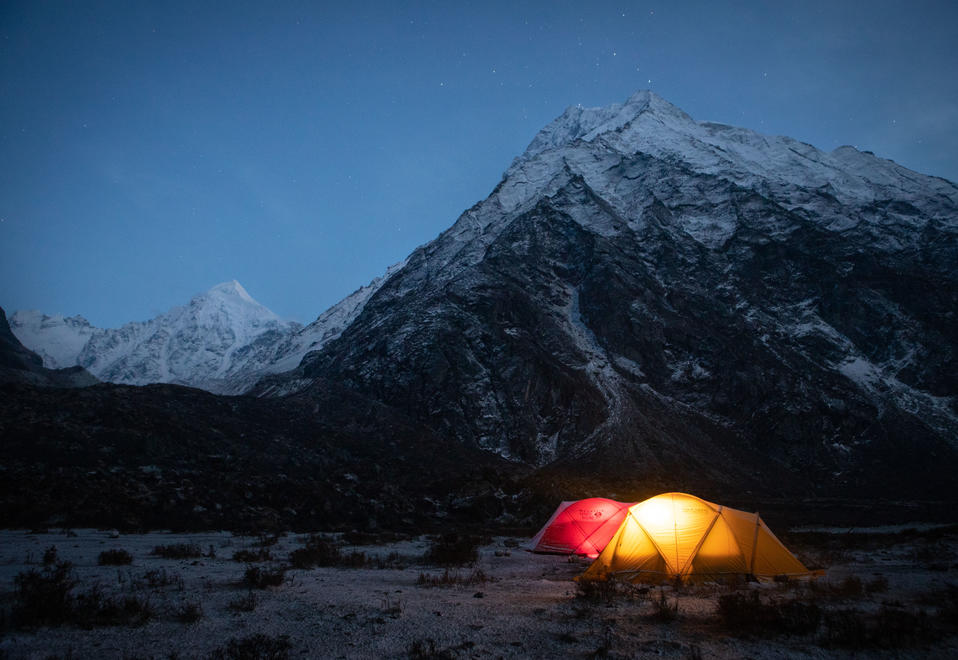
Weary from the altitude and days of walking, each team member is quick to snuggle up in their tent. In all, the Nepalese expedition will have lasted two and a half months, the time necessary to explore three Nepalese regions: Langtang, the Annapurnas and Everest.






